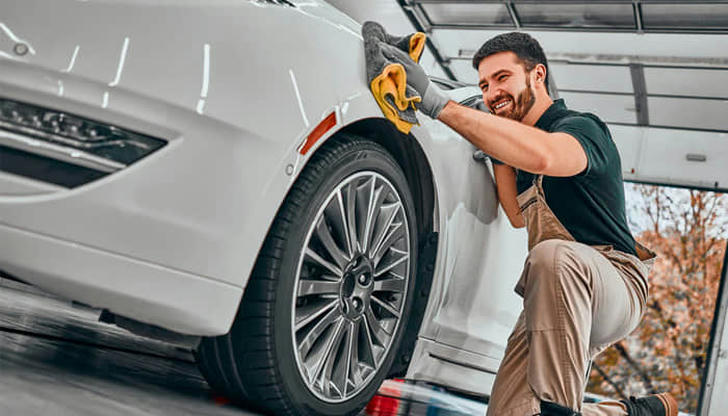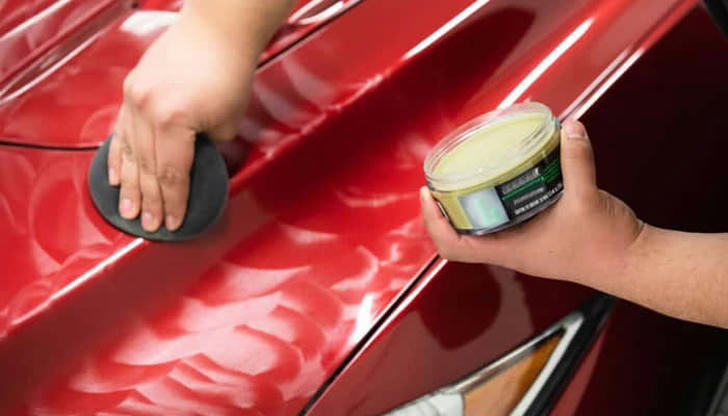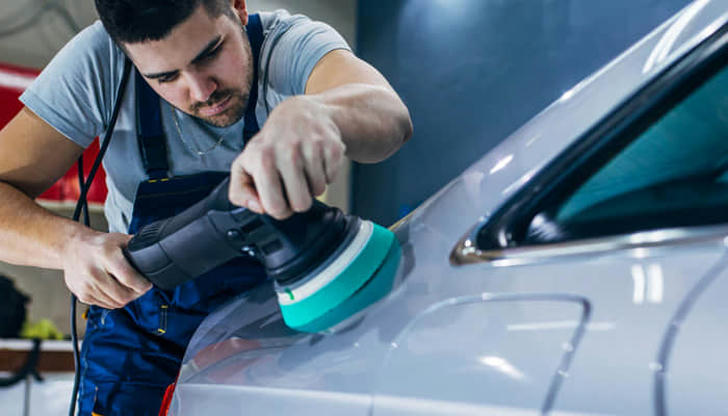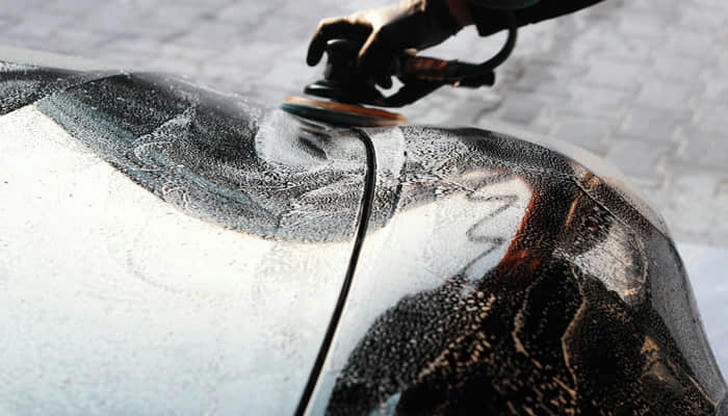How Often Should You Wax A New Car?

The frequency of waxing your car is a personal choice. Some prefer maintaining a showroom finish year-round and stick to the suggested range of every four to six months. Others might opt for just once a year or never at all. While the recommended range may not sway everyone, it’s worth understanding why periodic waxing is essential.
Polishing and painting your car can make it feel like new, but without something to protect the fresh coat, the job is incomplete. Waxing not only shields the paint but also adds a glossy sheen. Unlike daily car washes, wax offers a more durable layer of protection against elements like rust and blemishes. Once the wax starts wearing off, the paint becomes susceptible to damage. But how does waxing differ from washing, and what’s involved in the process?
Before diving into the specifics of a clear coat, let’s first understand what car wax is.
What is Car Wax?

Car wax is a protective coating made from carnauba wax (sourced from Brazilian palm trees) combined with other natural and synthetic polymers. It delivers a brilliant shine and detail that’s hard to match otherwise. Another product available is a paint sealant, which is a fully synthetic blend of polymers. Both wax and sealants improve your car’s appearance and protect it from harsh conditions like acid rain, road salt, UV rays, and bird droppings.
Characteristics of Each:
• Wax:
• Provides a warm shine
• Adds depth to the paint
• Shorter lifespan (1-3 months)
• Sealant:
• Slick, glassy finish
• Boosts gloss
• Longer-lasting (6-12 months)
How Often Should You Wax Your Car?
It’s generally recommended to wax your car every five to six months, although this depends on factors such as seasonal changes, paint type, sun exposure, and even human error. Two methods can help you determine when your car needs waxing: a surface check or a beading test.
How to Tell When Your Car Needs Waxing

There are two ways to assess if your car needs waxing. First, feel the car’s paint—if it feels rough and gritty, it’s time for waxing or at least a thorough wash. The second method involves pouring a small amount of water on a clean part of the car, like the bonnet. If water beads on the surface, the wax is still effective. Ensure the area is clean before testing, as dirt can interfere with the results.
How to Extend the Lifespan of Wax
Car wax lasts around 1-3 months, while sealants can last 6-12 months. To maximize this lifespan, ensure your car’s paint is thoroughly clean before applying the wax. If the surface feels gritty even after washing, contaminants might be present, requiring auto-detailing clay for removal. Wax should always be applied to a clean surface to bond properly with the paint.
Follow the product instructions for the best application and lifespan results. Also, storing your car with a cover and keeping it out of harsh climates, especially hot and humid conditions, can help prolong the wax’s durability.
When Should a New Car Be Waxed?

Even new cars need waxing. To keep your car looking new, protect it from environmental factors. Think of it like applying sunscreen at the beach—it shields your car from sun damage. Regular washing and waxing will help your car maintain its fresh look much longer.
When Can I Wax a Freshly Painted Car?
The timing for waxing a freshly painted car depends on the type of paint used. It’s best to follow the auto body painter’s advice since they know their product. If unsure, a general rule is to wait about 90 days. In the meantime, wash the car with just water and quickly remove any dirt, bird droppings, or sap to avoid damaging the paint.
